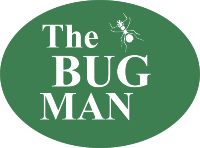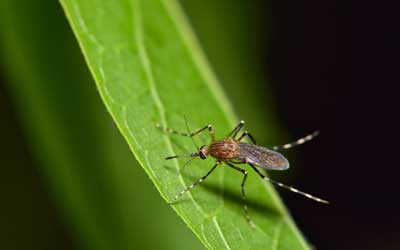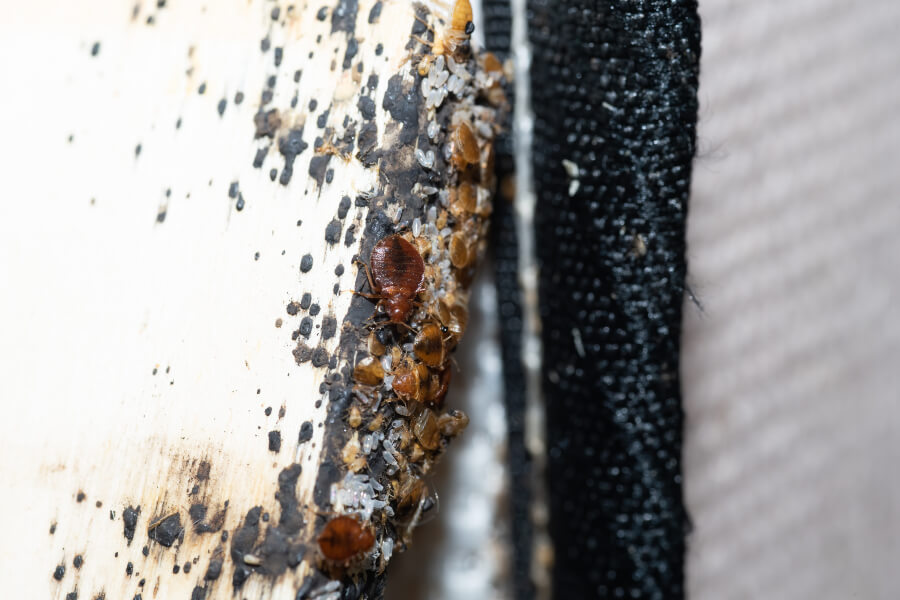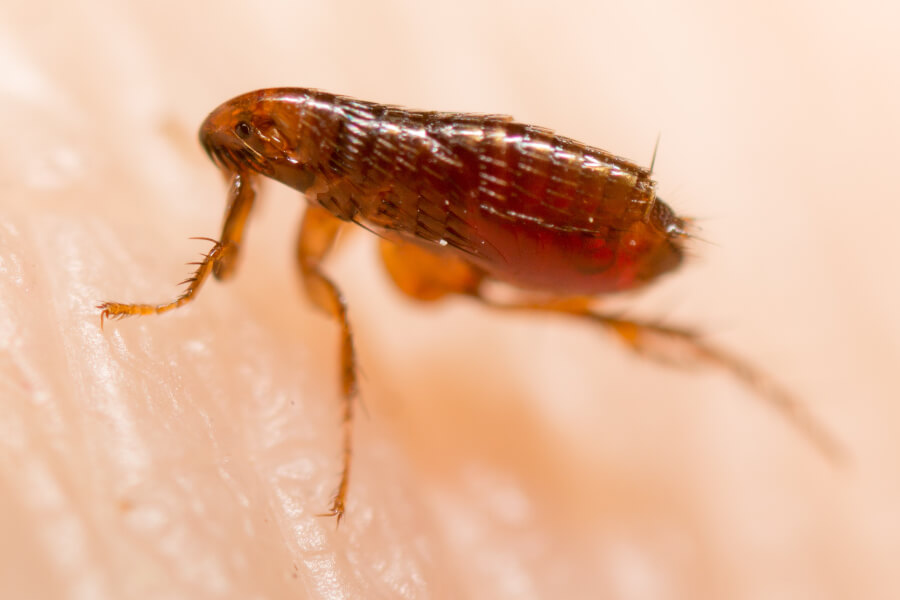Having bug bites is never a good feeling, especially when you never catch the critter that did it to you. Lots of anxiety can stem from not knowing what kind of biting pest is living in your home. It is also easy to wake up from a night of sleep with bug bites and misidentify them, leading to a longer process of pest removal. If you are trying to find out which kind of pest in Central TN is biting you, keep reading for top insight from The Bug Man.
Pests that Bite to Draw Blood
Some pests that draw blood might not look as frightening as other bugs, but are able to pass on dangerous diseases through their bites. This makes it crucial to be able to identify the bug bites on your skin. Some pests that draw blood in Central TN are:
- Mosquitoes: After a mosquito bites you, a raised, white welt will form right away. The bite will then spread out into a larger, red, itchy lump. Most mosquitoes in our area do not carry diseases, but in tropical and some subtropical regions, mosquitoes can carry malaria and Zika virus, along with many other serious diseases.
- Ticks: Tick bites can look nearly indistinguishable from a mosquito bite, or like much smaller, darker prick marks. If you notice a tick bite shortly after they find you, you will still see it digging into your skin. Ticks can spread Lyme disease, so if you find a tick on your skin, remove it right away to decrease your chances of contracting it.
- Fleas: While they prefer to pester our pets, fleas bite humans, too. You might not even be able to notice a tick bite upon impact, but it will be itchy afterward. Ticks do not spread diseases to humans, but their bites can become infected if excessively scratched.
- Bed bugs: Bed bug bites appear overnight. If you wake up with zigzag patterns of tiny red bumps on exposed skin, you are in the middle of a bed bug infestation. Although their bites don’t pass on diseases, they can sometimes transfer diseases to humans that they carry on their bodies through their travels.
Other Bug Bites in Central TN
There are plenty of other pests that bite in our area, but the four mentioned earlier are the most likely offenders. Some bugs in Central TN either seldom bite or their bites yield negligible results. Cockroaches, centipedes, and ants fall into this category. These insects rarely bite, and the effects of their bites don’t often extend beyond an annoyance.
Some spiders in the region can dish out painful bites, but again, they are rarely provoked enough to bite. These spiders include wolf spiders, brown recluses, and black widows. The black widow has the most dangerous bite of the three—if you sustain a black widow bite, seek medical attention right away.
How to Stay Safe from Bug Bites
If you are looking to stay safe from bug bites this summer, ask your local pest control company about what they can do to help. Our pest experts at The Bug Man can perform a holistic inspection of your property to locate any biting pests and promptly remove them. We will also follow up as needed with pest prevention advice and return treatments to ensure that any infestations never return. Contact us today for a free quote!



